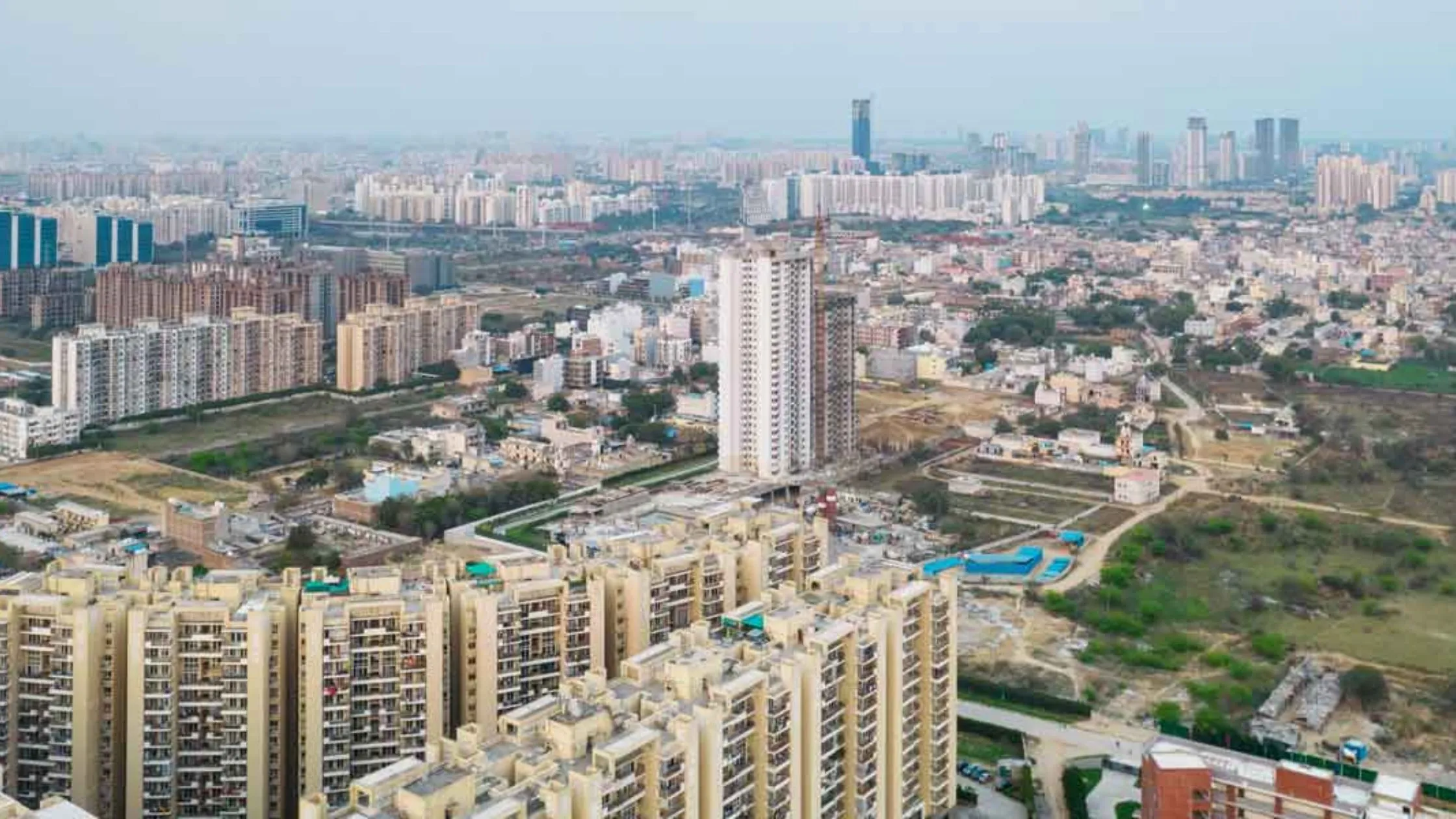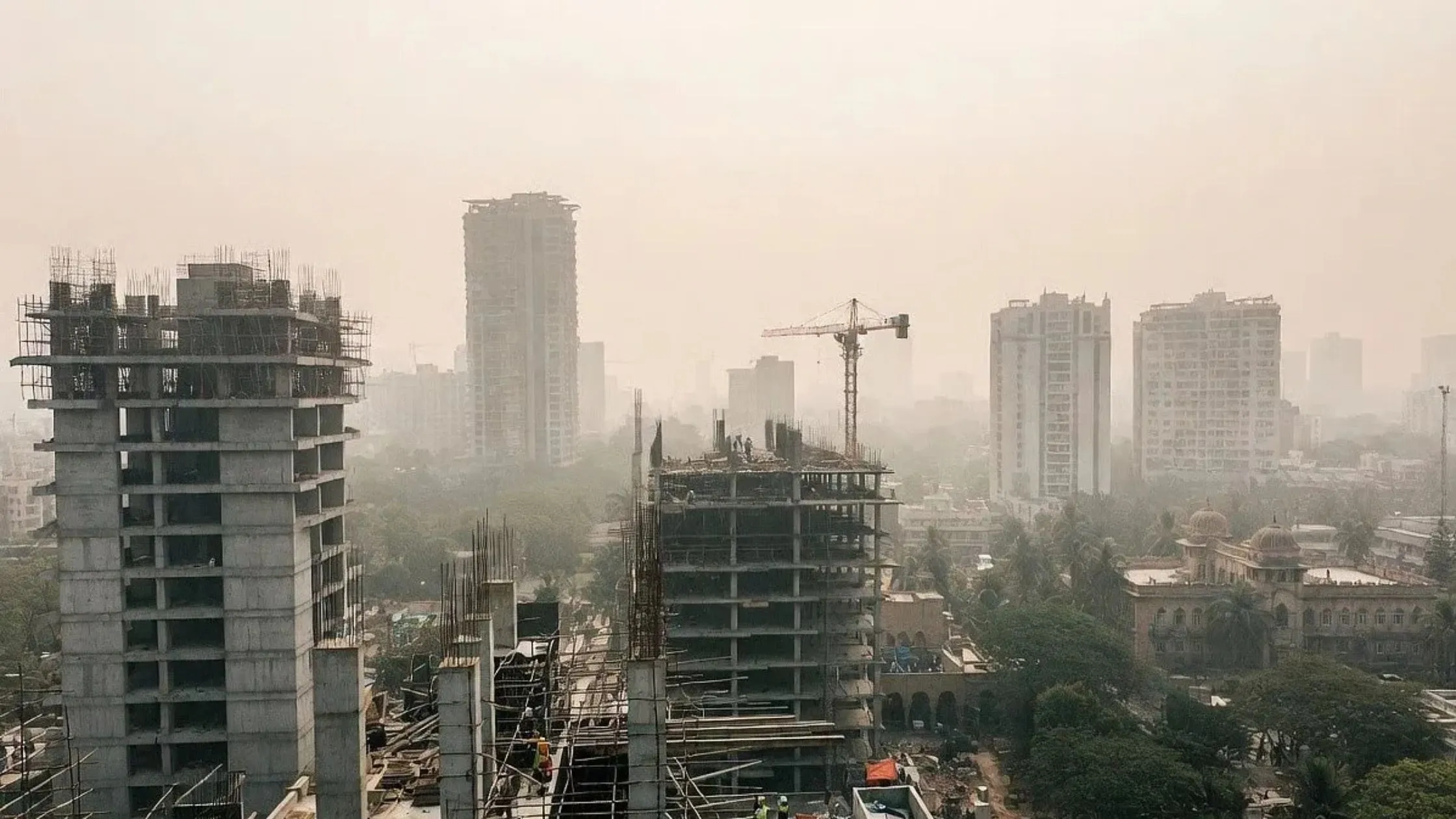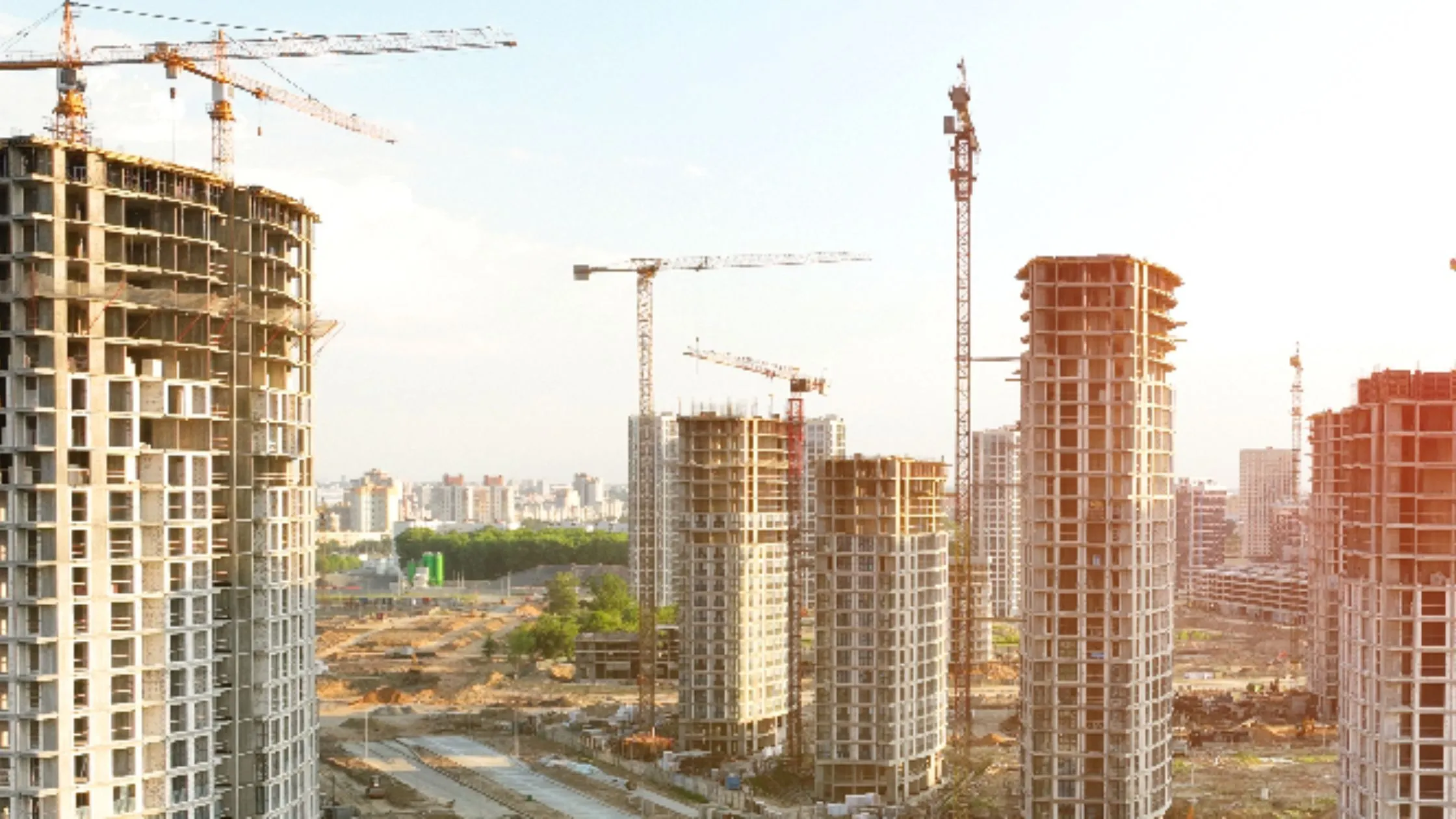Table of Content
The Indian residential real estate market is entering a new phase of evolution. After three years of remarkable post-pandemic recovery, the momentum in housing sales is expected to stabilize in the upcoming fiscal years. However, what stands out is the continued shift toward premium and luxury housing—a trend that is set to shape the future of residential development in the country.
According to a recent analysis by CRISIL Ratings, housing sales will grow at a moderate yet healthy pace of 5–7%, while average property prices are expected to rise by 4–6% during 2025–26. But it’s not just about growth—it's about transformation. The real estate market is being redefined by a strong demand for premium living spaces, with the luxury segment projected to account for nearly 40% of new housing launches in the next two years.
Post-Pandemic Normalization of Housing Sales
The last three years witnessed an explosive resurgence in housing sales, driven by pent-up demand, low interest rates, and the desire for spacious homes during the pandemic. Developers responded with aggressive project launches across various price segments.
Now, the sector is shifting gears. Instead of hyper-growth, it is moving towards sustainable and steady expansion. CRISIL’s projection of 5–7% annual growth indicates a mature, demand-driven market where decisions are influenced by value, quality, and lifestyle needs more than urgency.
This is good news for the sector, as moderation ensures market stability and long-term investor confidence.
Also Read: Pune Dominates India’s Industrial Property Market for Second Straight Year
Luxury Housing Takes the Lead
The premiumisation trend in Indian housing is no longer a short-term phenomenon—it’s a fundamental market shift. In 2020, luxury homes made up only 9% of total new launches across the top seven cities. By 2024, this had grown to 37%, and CRISIL forecasts a further increase to 38–40% by 2025–26.
Several factors are fueling this demand:
- Rising disposable incomes among urban professionals
- Greater demand for larger homes with premium amenities
- Shifting preferences toward integrated townships and gated communities
- The rise of NRI and institutional investors in luxury segments
People are not just buying homes—they are investing in lifestyle, convenience, and long-term comfort.
Affordable Housing on the Decline
While the luxury market soars, affordable and mid-income housing segments are losing ground. In 2020, affordable housing made up around 30% of total launches, and mid-income units stood at 40%. By 2025–26, these numbers are expected to decline sharply to 10–12% and 19–20%, respectively.
Why the decline?
Rising land and construction costs have made it less feasible for developers to profitably launch low-margin affordable homes. Moreover, the gradual withdrawal or slowdown of government incentives for affordable housing has further reduced the appeal for developers.
This shift may affect first-time homebuyers and lower-income families, but it also signals a recalibration of focus toward more profitable and demand-rich segments.
Market Supply, Inventory, and Developer Financial Health
Despite the changing composition of launches, housing supply is expected to outpace demand slightly in the near term, leading to a marginal rise in inventory levels. However, this does not signal oversupply. Instead, it reflects developers’ anticipation of future demand—especially in the premium segment.
Developers are also expected to maintain strong credit profiles, thanks to:
- Robust collections
- Improved cash flows
- Deleveraged balance sheets after years of financial restructuring
These financial buffers will help them navigate any temporary slowdowns or market corrections while continuing to invest in premium projects.
What the Numbers Say
CRISIL’s analysis covered 75 top real estate companies, accounting for nearly 35% of total residential housing sales in India. The data clearly shows that the premium and luxury housing segments are the growth engines of the future.
“The premium and luxury segments in the top seven cities have witnessed a significant surge, with their share of launches increasing from 9% in 2020 to 37% in 2024. This can be attributed to rising incomes and urbanisation, which have fuelled the desire for larger, more luxurious living spaces,” said Gautam Shahi, Director at CRISIL Ratings.
As per Shahi, this trend is expected to continue, driving new launches and shaping buyer sentiment for years to come.
Also Read: Rustomjee Group to Redevelop 25 GTB Nagar Buildings, Rehousing 1,200 Families
Implications for Homebuyers and Investors
For homebuyers, especially in the premium category, the coming years offer abundant options. Builders are likely to compete on amenities, design, sustainability, and technology integration—giving buyers more value.
For investors, steady growth in housing sales, especially in the luxury segment, presents strong potential for appreciation and rental returns.
That said, the decline in affordable housing launches could lead to supply gaps in certain income brackets. This may trigger future price inflation in those segments unless policy interventions or new business models address this imbalance.
Looking Ahead: What to Expect by 2026
- Premium launches to dominate: 4 out of every 10 new units launched are likely to fall under the luxury category.
- Steady price appreciation: Prices expected to grow 4–6% annually, replacing earlier double-digit spikes.
- Inventory to remain balanced: Despite a marginal increase, overall stock levels will be managed through calculated launches.
- Continued investor confidence: Strong developer balance sheets and end-user demand will fuel ongoing investments.
Conclusion
India’s housing sales landscape is undergoing a meaningful transformation. The shift toward premiumisation reflects changing aspirations, economic growth, and urban lifestyle preferences. While the affordable segment faces challenges, the luxury segment is writing a new success story for real estate in the country.
For developers, aligning with this trend could unlock better margins and longer-term value. For buyers and investors, understanding these shifts is crucial to making informed decisions.
As the market matures, steady sales, rising quality, and evolving buyer needs will redefine what homeownership in India truly means.
Follow AquireAcers Whatsapp Channel to Stay Updated With The Latest Real Estate News

_1751437337.webp)






Ans 1. India’s residential real estate market is projected to grow at a moderate yet healthy pace of 5 to 7 percent during the financial year 2025–26. This marks a shift from the rapid post-pandemic recovery to a more sustainable, value-driven expansion, reflecting growing market maturity and stability.
Ans 2. Yes, average property prices are expected to increase at a steady rate of 4 to 6 percent during 2025–26. While this is more controlled than the double-digit spikes witnessed post-COVID, it reflects a continued upward trend driven by steady demand, premium housing launches, and rising construction costs.
Ans 3. Luxury housing has moved beyond being a niche market and is now a central force in shaping the future of residential real estate in India. This growth is largely attributed to rising disposable incomes, changing lifestyle aspirations, and the increasing preference for spacious, amenity-rich homes, particularly in gated communities and integrated townships. The interest of non-resident Indians (NRIs) and institutional investors in premium properties has further accelerated this shift.
Ans 4. By 2025–26, nearly 38 to 40 percent of new housing units launched in major Indian cities are expected to fall under the premium or luxury category. This is a dramatic rise from just 9 percent in 2020, underscoring the transformation in buyer preferences and developer strategies.
Ans 5. Affordable housing, once a key focus of the Indian housing mission, is witnessing a steep decline in market share. By 2025–26, its share is projected to fall to just 10 to 12 percent of new launches. Factors such as rising land and input costs, and a slowdown in government subsidies or incentives, have made it increasingly unviable for developers to pursue low-margin affordable housing projects.
Ans 6. Yes, the mid-income segment, which once accounted for a significant portion of new launches, is expected to decline to around 19 to 20 percent. Developers are prioritizing higher-margin luxury and premium projects, leading to a noticeable reduction in mid-range housing supply, especially in metro cities.
Ans 7. While there may be a slight increase in unsold inventory in the near term, this should not be mistaken for an oversupply situation. Developers are launching new projects with calculated anticipation of future demand, especially in premium segments. This reflects a proactive approach to meeting lifestyle-oriented consumer expectations rather than speculative overbuilding.
Ans 8. Most leading developers have significantly improved their financial standing in recent years. They are operating with stronger cash flows, healthy collections, and lower debt levels, thanks to financial restructuring and disciplined project execution. This financial resilience enables them to confidently invest in high-quality projects and navigate market fluctuations.
Ans 9. For homebuyers, particularly those exploring premium options, the evolving market offers a wealth of choices with better amenities, smart home features, and superior construction standards. However, those looking for affordable or mid-range options may find fewer choices and potentially higher prices due to reduced supply in those categories.
Ans 10. Yes, for investors, the luxury housing segment presents a compelling opportunity. With steady demand, rising prices, and limited competition in high-end markets, this segment offers strong potential for both capital appreciation and rental income. The continued focus on quality construction and prime locations makes luxury housing a valuable long-term asset.